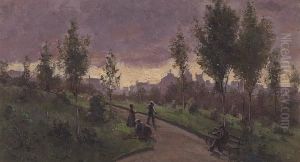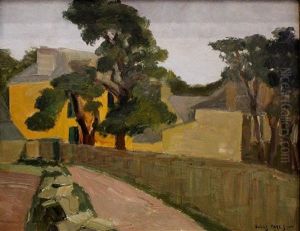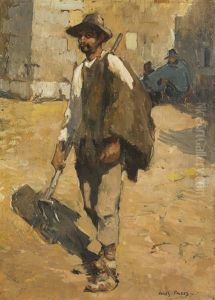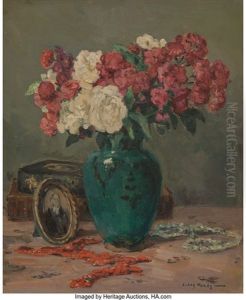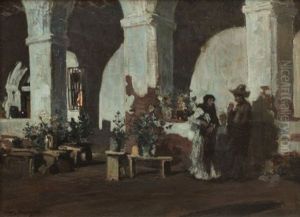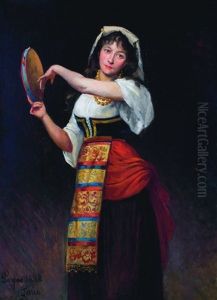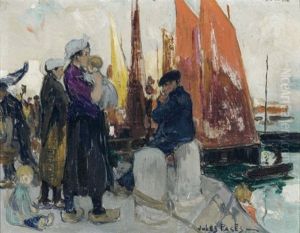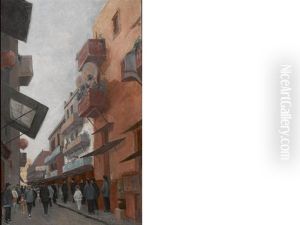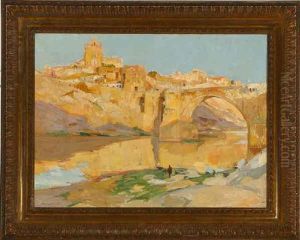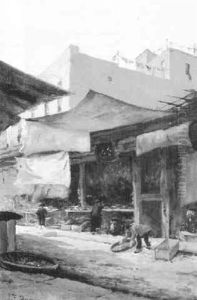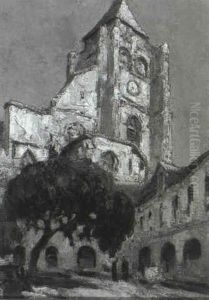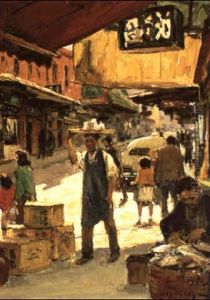Jules Francois Pages Paintings
Jules Francois Pages was a notable French-American painter born on June 16, 1861, in San Francisco, California. He was widely recognized for his impressionistic landscapes, cityscapes, and genre scenes. His artistic talent became evident at an early age, prompting his French parents to send him to study in their homeland.
In France, Pages immersed himself in the vibrant art scene and was particularly influenced by the Impressionists. He studied at the prestigious École des Beaux-Arts in Paris under the tutelage of Alexandre Cabanel and continued to refine his skills in the studio of Leon Bonnat. His time in Europe allowed him to absorb the nuances of light and color that would become hallmarks of his later work.
Pages' career was marked by his intricate attention to detail and a remarkable ability to capture the essence of a scene, whether it was a bustling Parisian street or a serene landscape. He exhibited at the Paris Salon and was the recipient of numerous awards, including a gold medal at the Exposition Universelle in 1889. His success in France was mirrored in the United States where he also showed his work, gaining a reputation as a master of both worlds.
In addition to his painting, Pages was also a dedicated teacher. He shared his knowledge and passion for art with students at the Académie Julian in Paris. His influence extended to many young artists of his time, and his legacy as a teacher is considered significant to the development of early 20th-century American art.
Pages frequently traveled between France and the United States, drawing inspiration from his journeys. His works are characterized by a vibrant palette and a lightness of touch that captures the fleeting moments of everyday life. He continued to paint and exhibit his work throughout his life, contributing to the cultural bridge between the two countries he called home.
Jules Francois Pages passed away on May 22, 1946, in San Francisco, leaving behind a rich body of work that continues to be celebrated for its contribution to Impressionist art. His paintings are held in numerous private collections and public institutions, testament to his enduring appeal and the impact he made on both sides of the Atlantic.
